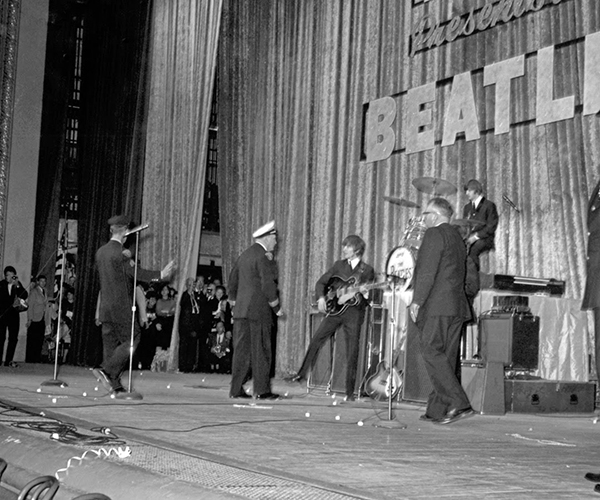Nobel Peace Prize winner Elie Wiesel called it one of the best museums dealing with Jewish culture, just one of many accolades the Maltz Museum of Jewish Heritage received during its first year of operation. But Judi Feniger, the institution’s new executive director, wants the museum to reach even more people as it moves into ’07. “We’re young and we’re nimble and we’re able to quickly react and respond and work with partners,” she says. “Perhaps that’s what makes us different.” Most recently the chief public support officer for the Greater Cleveland Chapter of the American Red Cross, Feniger talked to us about the museum’s mission going forward.
Q: What interested you in the job?
A: It’s a young institution, and I’m coming from the Red Cross, which is the oldest of old institutions — 100 years old in Cleveland last year. … But we just hit our first anniversary, and I think what [the museum is] looking for now is someone to lead it and grow it, to think a lot about what kind of exhibitions are going to speak to our community, because, it’s definitely a destination, not just for Clevelanders, but also for the region and beyond. My background is in leading and managing organizations and helping organizations bring out their best potential.
Q: Is there an advantage to the museum being so young?
A: There’s an unlimited amount of possibility, and there are all sort of directions we can go. Our permanent exhibition, An American Story, is really the story of immigrants — people coming to America. What we’re looking for are special exhibitions that can complement that. … The Cradle of Christianity exhibit, which was just here, did a terrific job in reaching out beyond the Jewish community, and that’s the potential of the Maltz Museum — to be very creative and innovative and risk-taking.
Q: You’ve talked about growing the museum’s educational offerings. Can you tell us about that?
A: If you look at the first year and look at what we have coming up, it’s both educational programming and special exhibitions that touch on a lot of areas. We’ll continue to do that. … I think we’ll not only be able to bring new visitors to the museum, but bring people back. The educational programming is the core of that. It reaches a wide audience from a variety of backgrounds and religions. We partner with both the Temple Tifereth Israel and the Western Reserve Historical Society and many of Northeast Ohio’s cultural and educational resources such as the Cleveland Museum of Art. That’s how you do it — by what you choose to focus on and how inclusive you choose to be in going out to our community. That’s our number one [priority].
Q: What do you wish more people knew about the museum?
A: I wish more people understood it isn’t just a Jewish museum. ... Anyone who grew up in Cleveland would be interested in it, as well as anyone who grew up in an ethnic family — particularly Eastern European — in a culture of family and growth and the spirit of America. I think that’s what people don’t know. They see the title of Jewish museum and they don’t realize it’s really an American museum.



